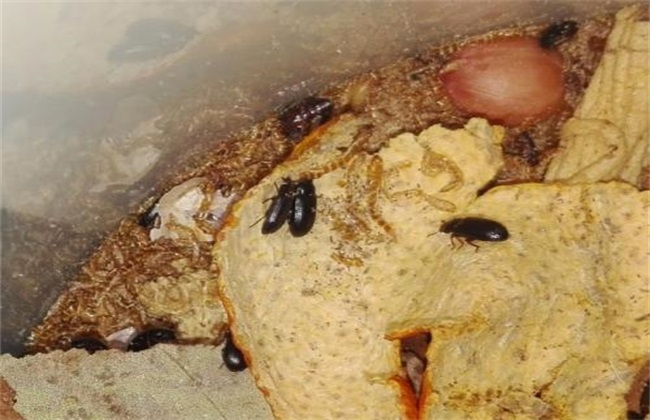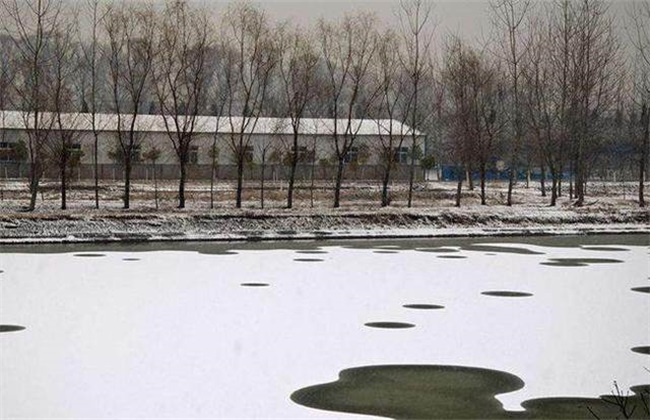What are the risks of meat rabbit breeding?
Meat rabbit as one of the more popular breeding industry, its risk has always been there. As the rabbit is relatively fertile, many people will think that its cost is low and the risk is small, but the fact is not so simple. Let's learn about the risk of raising meat rabbits.

1. Seedlings are rare.
Many people will say that this kind of seedling is not rare, but after buying it a few times, they slowly feel that it is rare. Because many farmers have suffered losses in buying seeds, and there are a lot of them. Some people who sell seedlings use hybrids to pretend to be purebred. The genes of these hybrids are extremely unstable, although they grow well, but the young rabbits born are either deformed or abnormal, and very few of them are qualified. Moreover, there are more and more such people, and it is becoming more and more difficult to buy good seedlings in the seedling market. This is the first risk that everyone will experience, if there is a reliable relationship.
2. The technology can't keep up.
When people buy seedlings and start breeding, the risk of breeding begins, and most people have had problems with this. Their own technology can not keep up with ah, many cases are different from the knowledge they come into contact with, the situation of hitting a brick wall will increase day by day, and their self-confidence in breeding will be hit hard. Raising and fattening is a difficulty, each stage should be changed according to the rabbit you look like, disease prevention, seasonal change is also a difficulty, not to mention some other difficulties, the breeding process is not as simple as you usually seem.
3. Market risk
When you stumble out of breeding, a greater risk is still waiting for you, and that is the volatility of the market. Many people will think that spring is coming when they are raised. In fact, this is the beginning of the pain. Other risks can basically be controlled artificially, but the risks in the market are beyond your control. This is where most rabbit breeders fall. The most painful thing is to buy seedlings when the market price is the highest, and the market is really undervalued after breeding, which takes time and effort to lose money.
4. Reproduction
After losing money on seedlings, many people begin to want to be self-reproducing and self-supporting, and reproduction has become a new risk. The breeding of rabbits is simple and difficult, but it is also difficult to say. When breeding, they are most afraid of some infectious diseases, resulting in the death of rabbits in a litter, which takes farmers by surprise. All these are the reasons why the preparatory work has not been done well. Secondly, the qualified rate of young rabbits is low, the breeding effect is worse and worse each time, and the replanting can not be made up, which is the risk of reproduction.
The risk of aquaculture is actually relatively high. Everyone's daily experience of learning aquaculture is completely different from that of their own. In the former, you only need to consider what you want to know, and you don't have to touch all other details. The latter is all your responsibility, and the difficulty of the two is naturally different.
Related
- On the eggshell is a badge full of pride. British Poultry Egg Market and Consumer observation
- British study: 72% of Britons are willing to buy native eggs raised by insects
- Guidelines for friendly egg production revised the increase of space in chicken sheds can not be forced to change feathers and lay eggs.
- Risk of delay in customs clearance Australia suspends lobster exports to China
- Pig semen-the Vector of virus Transmission (4)
- Pig semen-the Vector of virus Transmission (3)
- Five common causes of difficult control of classical swine fever in clinic and their countermeasures
- Foot-and-mouth disease is the most effective way to prevent it!
- PED is the number one killer of piglets and has to be guarded against in autumn and winter.
- What is "yellow fat pig"? Have you ever heard the pig collector talk about "yellow fat pig"?



